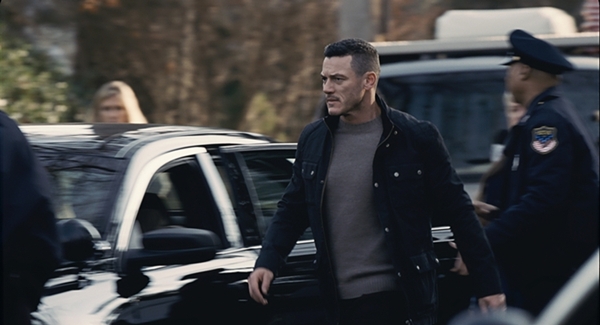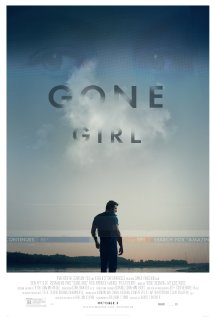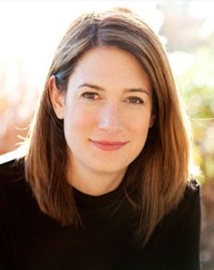By Mike Wilmington
THE GIRL ON THE TRAIN is a chic romantic crime thriller in the “GONE GIRL” mode — but not as engrossing or gripping, nor as packed with interesting characters and wicked plot twists. Mainstream audiences should like it, but most of them probably won’t love it (as they did with the book) or become obsessed with it, the way they might with, say, Hitchcock‘s train-riding masterpiece, STRANGERS ON A TRAIN. Unlike the Gillian Flynn-penned bestseller TRAIN tends to resemble, or the David Fincher-directed suspenser based on Flynn’s book, THE GIRL ON THE TRAIN tends to be more ordinary and less icily compelling.
Writer Paula Hawkins’ bestseller is about a woman whose life falls apart and who becomes a hard-drinking, train-riding voyeur, spying on what she imagines to be the perfect lives lived by the two couples she regularly watches from her commuter train windows. Rachel Watson (played by the eye-catchingly beautiful Britisher Emily Blunt), has lost her husband Tom (played by the disturbing Justin Theroux) to a pretty little blonde, Anna (played by Swedish stunner Rebecca Ferguson).

Macho man Scott Hipwell (Luke Evans) sees his world fall apart when his wife Megan (Haley Bennett) goes missing.
Rachel, besides drinking herself silly, also spies on another couple, just a few houses down from Tom and Anna, two others she imagines are leading lives of golden joy: macho man Scott Hipwell (Welshman Luke Evans) and another pretty little blonde, Megan (Haley Bennett).
Also involved in this peeping Tom’s delight of a tale is Megan’s sexy shrink, Dr. Kamal Abdic (played by Edgar Ramirez) – and Rachel’s friend Kathy (Laura Prepon), who’s putting her pal up and forgives all her rotten behavior. Soon Rachel has plunged into what might be a nightmare of infidelity and possible murder.
GONE GIRL was an incredibly clever thriller with an incredibly tricky plot. THE GIRL ON THE TRAIN is not too clever, not too tricky. Director Tate Taylor (who made the humanistic Southern family drama THE HELP) and screenwriter Erin Cressida Wilson (SECRETARY), have changed the background from London (in the book), to New York and the Westchester suburbs, and maybe they’ve lost something in the switch.
Emily Blunt is a real camera-stealer, but her character has been written (at first) as such a pain-in-the-ass, that it’s hard to feel much sympathy for her. The surprise ending isn’t very surprising. Only Danny Elfman’s Bernard Herrmanneque score (justly praised by Hollywood reporter’s Todd McCarthy), achieves excellence in the style department. And only Allison Janney, in a fine sardonic “Law and Order-ish” turn (she’d be a good match for the late Jerry Orbach’s Lenny Brisco) has crafted much of an engaging character.
The screenplay is just about what you’d expect and Taylor’s direction doesn’t rise above the ordinary either. THE GIRL ON THE TRAIN may have been a great read on the airplane (or on the train), but the movie made me want to watch something else, out the window.
Unfortunately, I was in a theater at the time.












From FNB readers